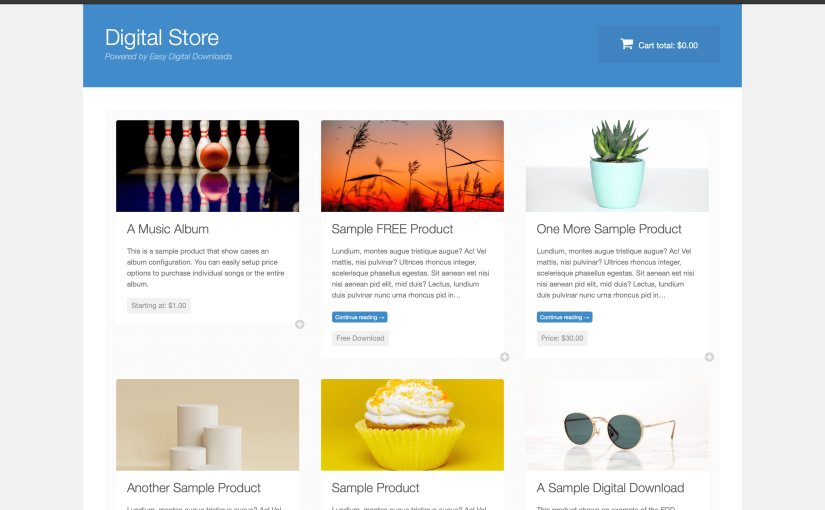Crafting irresistible headlines for blog posts is a fine art that wields immense power in capturing attention, enticing readers, and driving engagement. A compelling headline serves as the gateway to your content, making the difference between a passing glance and a click-through. Mastering the art of creating irresistible headlines involves a blend of creativity, clarity, and strategic elements aimed at captivating the audience’s interest and driving traffic to your blog.
At the heart of an irresistible headline lies the ability to pique curiosity and evoke emotions. It’s about sparking intrigue, promising value, or addressing a specific need or desire of the audience. An effective headline often taps into emotions—whether it’s by offering solutions to problems, sparking curiosity with a compelling question, or appealing to readers’ aspirations and desires.
One potent technique in crafting irresistible headlines is employing the power of numbers and specifics. Headlines that promise a specific number of tips, steps, or insights tend to attract attention by offering clear and concise information. For instance, “7 Strategies to Boost Your Productivity” or “The Ultimate Guide to Mastering Photoshop in 10 Days” provide a clear expectation of what readers can gain from the content.
Moreover, leveraging the allure of words that trigger curiosity, urgency, or emotion enhances the headline’s appeal. Using words like “secrets,” “ultimate,” “powerful,” “effective,” and “essential,” or employing emotional triggers like “inspiring,” “heartwarming,” or “life-changing” adds depth and intrigue to the headline, compelling readers to delve deeper into the content.
Additionally, incorporating keywords strategically into headlines improves search engine visibility while ensuring relevance to user queries. Aligning headline keywords with the content’s focus and search intent improves the chances of ranking higher in search results, attracting organic traffic.
Clarity and conciseness are also crucial components of an irresistible headline. It should convey the gist of the content succinctly while maintaining clarity and avoiding ambiguity. A headline that is both informative and attention-grabbing hooks readers by offering a clear idea of what they can expect from the content.
Testing and experimenting with different headline variations through A/B testing or analyzing performance metrics offer insights into what resonates best with the audience. By analyzing click-through rates, engagement, and conversion metrics, content creators can refine headline strategies to optimize their impact and effectiveness.
The art of writing irresistible headlines for blog posts involves a harmonious blend of creativity, strategic language, clarity, and audience understanding. A well-crafted headline acts as a powerful invitation, drawing readers into your content by promising value, sparking curiosity, and addressing their needs or desires. Mastering this art not only drives traffic to your blog but also sets the stage for engaging and impactful content that resonates with your audience.









